HEALTH-TECH
Problem Statement
The existing healthcare system is plagued by inefficiencies, lack of accessibility, and an overwhelming burden on healthcare providers, leading to compromised patient care. Without transformative innovations in health tech, the current challenges will persist, hindering the potential for improved health outcomes and equitable healthcare access for all.
According to the latest 2023 UN studies, the pandemic and other ongoing crises are exacerbating existing health inequalities and threatening progress towards universal health coverage. As a result, 68 million children are known to be un- or under-vaccinated as of 2022. In 2021, 5 million children died before reaching their fifth birthday. In 2021, an estimated 1.6 million people died from TB and 10.6 million people fell ill with TB. There were an estimated 247 million malaria cases globally in 2021. There were an estimated 619,000 malaria deaths globally.
A 2020 study shows that the projected global shortage of health workers by 2030 will be reduced from 18 million to 10 million. Despite the tremendous increase in health workforce globally, regions with the highest burden of disease continue to have the lowest proportion of health workforce to deliver health services.
The pandemic has also highlighted the need for stronger global health security systems to prevent and respond to future pandemics. Overcoming these setbacks and dealing with longstanding shortcomings in health-care provision requires an urgent strengthening of health systems.
Hence, we conclude that the healthcare sector suffers significant challenges globally with traditional healthcare delivery methods, which will lead to serious consequences for health, economy, and social stability, including:
- Inefficiencies
- Restricted accessibility
- Excessive burden on healthcare providers
- Delayed diagnoses
- Increased healthcare costs
- Lack of quality services
- Negative health outcomes
- Inequality in Healthcare Access
Health-TechImportance
Health-tech, or health technology, is instrumental in the ongoing transformation and improvement of the healthcare industry. Its multifaceted importance extends to various aspects of healthcare delivery, patient outcomes, and overall health system efficiency. The evolution of health-tech continues to drive transformative changes in healthcare delivery, fostering a more patient-centric, efficient, and accessible approach. As technology advances, the significance of health-tech in addressing healthcare challenges and improving overall health outcomes is expected to grow. To mitigate challenges in healthcare, collaborative efforts from various stakeholders, including governmental bodies, innovators, industrial players, researchers, NGOs, and others, are essential.
Here are key reasons highlighting the importance of health-tech:
– Remote Patient Monitoring: Health-tech facilitates continuous monitoring of patients with chronic conditions, providing timely intervention and reducing hospital readmissions.
– Health Information Exchange (HIE): Interoperable health-tech systems enable the seamless exchange of patient data among healthcare providers, enhancing coordination of care.
– Health Apps: Mobile applications offer personalized health information, medication reminders, and fitness tracking, empowering individuals to take an active role in their health.
– Artificial Intelligence (AI) in Diagnostics: AI-driven algorithms analyze medical data, aiding in faster and more accurate diagnoses.
– Pharmacy Automation: Automation in pharmacies improves the accuracy of medication dispensing and reduces errors.
– Robotic Surgery and Precision Medicine: Technological advancements enable precision in surgical procedures and personalized treatment plans based on individual patient characteristics.
– Population Health Management: Analyzing aggregated health data helps identify and address health disparities at the population level.
– Remote Consultations and Monitoring: Telehealth and remote patient monitoring can lead to cost savings for both healthcare providers and patients.
SEIYAJ TECH Role inHealth-Tech
Seiyaj Tech, as a collaborative force, seamlessly cooperates with health-tech innovators in software and hardware solutions to localize and integrate top-notch innovations from around the world. We deliver cutting-edge solutions that address all challenges faced in the health sector, offering the best systems, processes, and practices to ensure healthy lives, meet healthcare delivery requirements, improve patient outcomes, enhance overall health system efficiency, and ensure equitable healthcare access. Our supportive efforts include all stakeholders in the health sector, such as hospitals, clinics, medical professionals, healthcare providers, research institutions, NGOs, and governmental ministries. We utilize Blockchain, Artificial Intelligence, and Internet of Things (IoT) to revolutionize healthtech and ensure a sustainable healthcare future.
Pharmaceutical companies, laboratories, healthcare providers, medical distributors, pharmacies, research institutions, NGOs, Governmental ministries, and other parties to unify efforts in implementing the latest innovative devices and software for healthcare institute sustainability, healthcare accessibility in a high quality, secure patient management system and much more. In addition, SEIYAJ TECH is ready to reform the health-tech supply chain and enable seamless communication and coordination among stakeholders by leveraging blockchain technology to promote transparency, traceability, scalability in patient and medicine management system in the entire supply chain to instill consumer trust and guarantee secure patient information and increase optimal healthcare outcomes.
Health-TechTechnology
Health-tech, or health technology, encompasses a broad range of tools and innovations that leverage technology to enhance healthcare delivery, diagnostics, treatment, and overall patient outcomes. These technologies, which include both software and hardware solutions, create a holistic ecosystem by merging and converging innovative elements in both realms. Health-tech advances medical diagnostics and treatments, fostering proactive healthcare management, personalized patient care, and improved overall efficiency within the healthcare industry. This integration signifies a pivotal shift toward a more connected, data-driven, and patient-centric healthcare system.
Here are some key components and areas covered by Health-Tech:
Software & SaaS
Benefits: Streamlines data management, enhances accessibility, and supports efficient healthcare delivery.
Benefits: Enhances clinical outcomes, identifies trends, and supports evidence-based practices..
Benefits: Empowers individuals to manage their health, encourages preventive measures, and supports remote patient monitoring.
Benefits: Improves diagnostic accuracy, reduces errors, and supports personalized treatment plans.
Benefits: Addresses mental health access challenges, reduces stigma, and increases patient engagement.
Benefits: Supports preventive care, identifies health disparities, and optimizes resource allocation.
Hardware
Benefits: Enables precise diagnostic capabilities, early detection of diseases, and treatment planning.
Benefits: Supports high-quality video conferencing, remote patient monitoring, and data transmission.
Benefits: Facilitates continuous health monitoring, encourages healthy behaviors, and provides valuable data for individuals and healthcare professionals..
Benefits: Enhances precision in surgery, reduces invasiveness, and allows for minimally invasive procedures.
Benefits: Facilitates real-time data collection, supports proactive interventions, and reduces hospital readmissions.

JoinUs
Are you an Innovator? Or Does your Company provide a Digital Solution in Health-Tech? Join Us, we are here to collaborate with you, to help you Localize your Digital Solution.
You can contact us by email at info@seiyaj.com and we’ll be happy to answer your questions or provide an assistance. We look forward to hearing from you!

